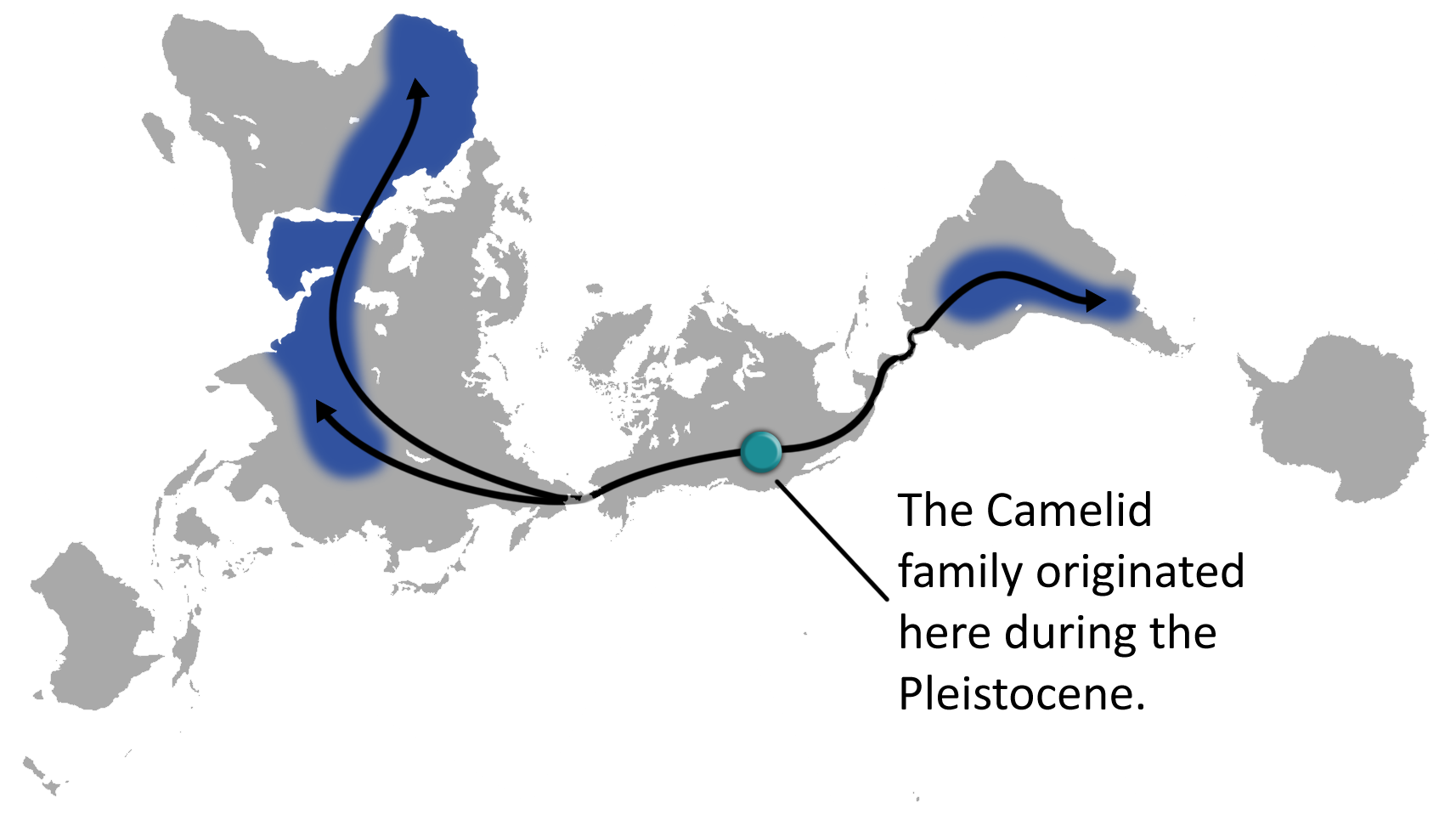How do fossils show evidence of evolution?
1 Answer
Fossils are of many types and some are whole preserved organisms, some are impressions, while others are mold, etc. Whatever they are, they always throw light on evolutionary story.
Explanation:
Fossils are actual remnants of past life.
Some organisms are known only from discovered fossil remains, which are extinct today, e.g. dinosaurs and mammoth. This means they failed to survive in changing cicumstances though they were successful once on earth. We may talk about Trilobites: a group of marine arthropods. They flourished for more than 270 million years before becoming extinct 250 million years ago!
 i3.cpcache.com
i3.cpcache.com
Then there are organisms whose fossils were not found where they live, e.g. horses and camels. Their evolution took place in North America as evidenced by series of fossils discovered there.
 upload.wikimedia.org
upload.wikimedia.org
Thus fossil evidences show that life on earth has changed over time, though a complete sequence is not always available but several discoveries allow us to imagine the rest.
Oldest fossils are that of cyanobacteria, found in rocks which are 3.5 billion years old. Radiometric dating of fossils help us to generate a chronological evolutionary history.
Fossils are direct evidence of evolution and most useful when something like a missing link is discovered as happened in 1860s with the unveiling of fossils of Archaeopteryx . This impression fossil from Germany represents an organism which is lizard like in its bony details, but it possessed feathers on wing-like forelimbs. There was no better proof of evolution of birds from reptilian ancestor.
 www.harunyahya.com
www.harunyahya.com

